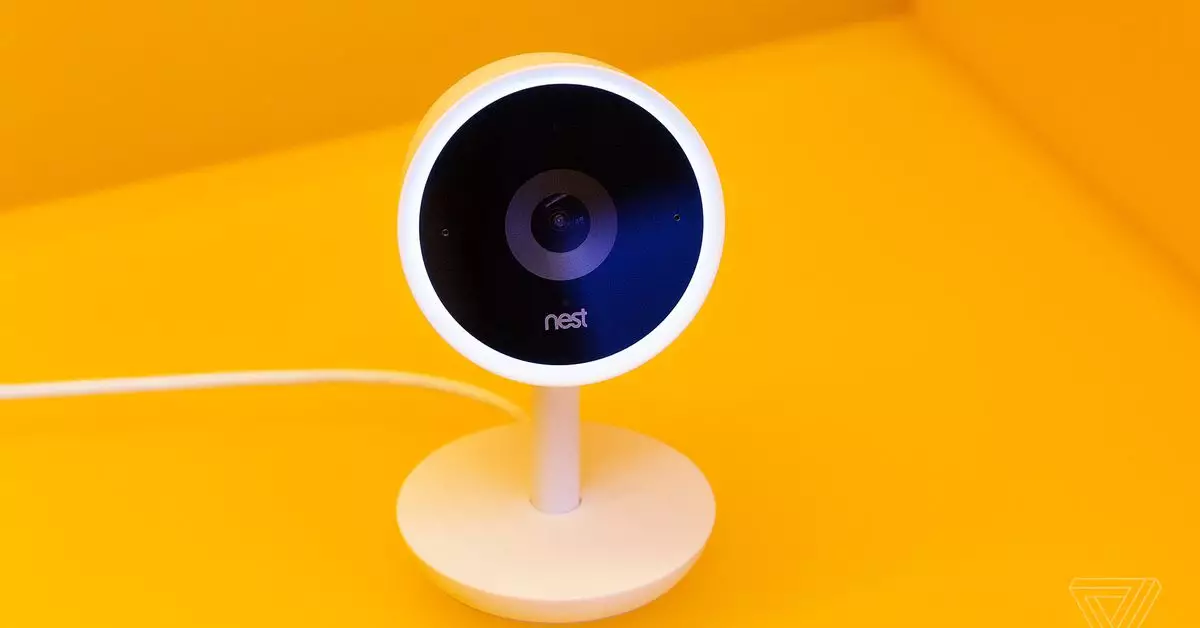In a move that reflects Google’s commitment to streamlining user experience, the tech giant has initiated a public preview that allows users to manage their Nest Cam IQ indoor and outdoor cameras through the Google Home app. This marks a significant step towards a more integrated home management system, unifying the operation of all Nest cameras dating back to 2015 into a singular interface. By enabling this crossover, Google is not only simplifying the management process but also aligning with its broader strategy of consolidating its smart home offerings under one roof.
The transition to using the Google Home app means users will no longer need to switch between multiple applications to access their camera systems. Following the integration, users will gain features such as video history viewing in both an event and timeline perspective, as well as direct access to camera settings all within the Home app. Managing live streams through the favorites tab is another noteworthy feature that enhances user accessibility. This ease of use amplifies the value of having an interconnected home ecosystem, where devices can interact and function fluidly.
Users interested in this new functionality can join the public preview either through the Google Home app or via the web at home.google.com. For those who are already enrolled in the Public Preview, they will be greeted with prompts to facilitate the transfer of their Nest IQ cameras from the Nest app to the Google Home app. This proactive approach by Google demonstrates their focus on user engagement and feedback, maintaining a dialogue with their audience on the best ways to refine their smart home devices.
One of the notable features of this update is the flexibility it offers; users will also have the option to reverse the migration of their Nest Cam IQ devices if they prefer returning to the Nest app. This flexibility allows users to adapt their smart home configurations based on personal preferences and comfort levels, thus retaining a sense of control over their home technology. Meanwhile, for Nest Hub Max device users, this migration restriction emphasizes the ongoing evolution of Google’s app ecosystem, as users will need to fully commit to using the Google Home app for these devices.
Despite this push towards the Google Home app, Google has assured users that the legacy Nest app will continue to be supported, allaying fears of a complete transition that could alienate existing users. Notably, the Nest Protect smoke detector and the Nest x Yale door lock remain operational solely within the Nest app, highlighting a segmented approach in device management. This dual-system strategy indicates that Google is keen on maintaining functionality for its existing devices while fostering an environment for future innovations.
Google is making significant strides in ensuring that users can manage their Nest cameras with greater ease and efficiency through the Google Home app. As technology continues to evolve, the integration of such pivotal devices promises to create a more comprehensive and cohesive smart home experience. However, maintaining legacy support reflects a nuanced understanding of user needs, paving the way for a future where smart technologies can harmoniously coexist.

